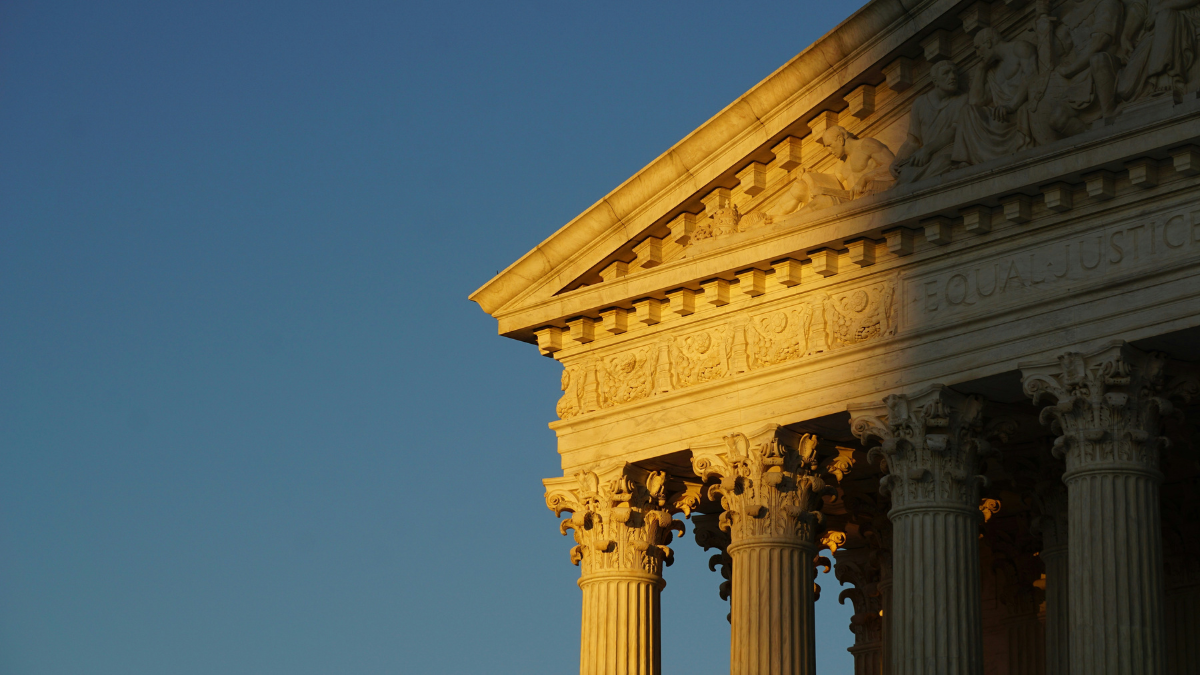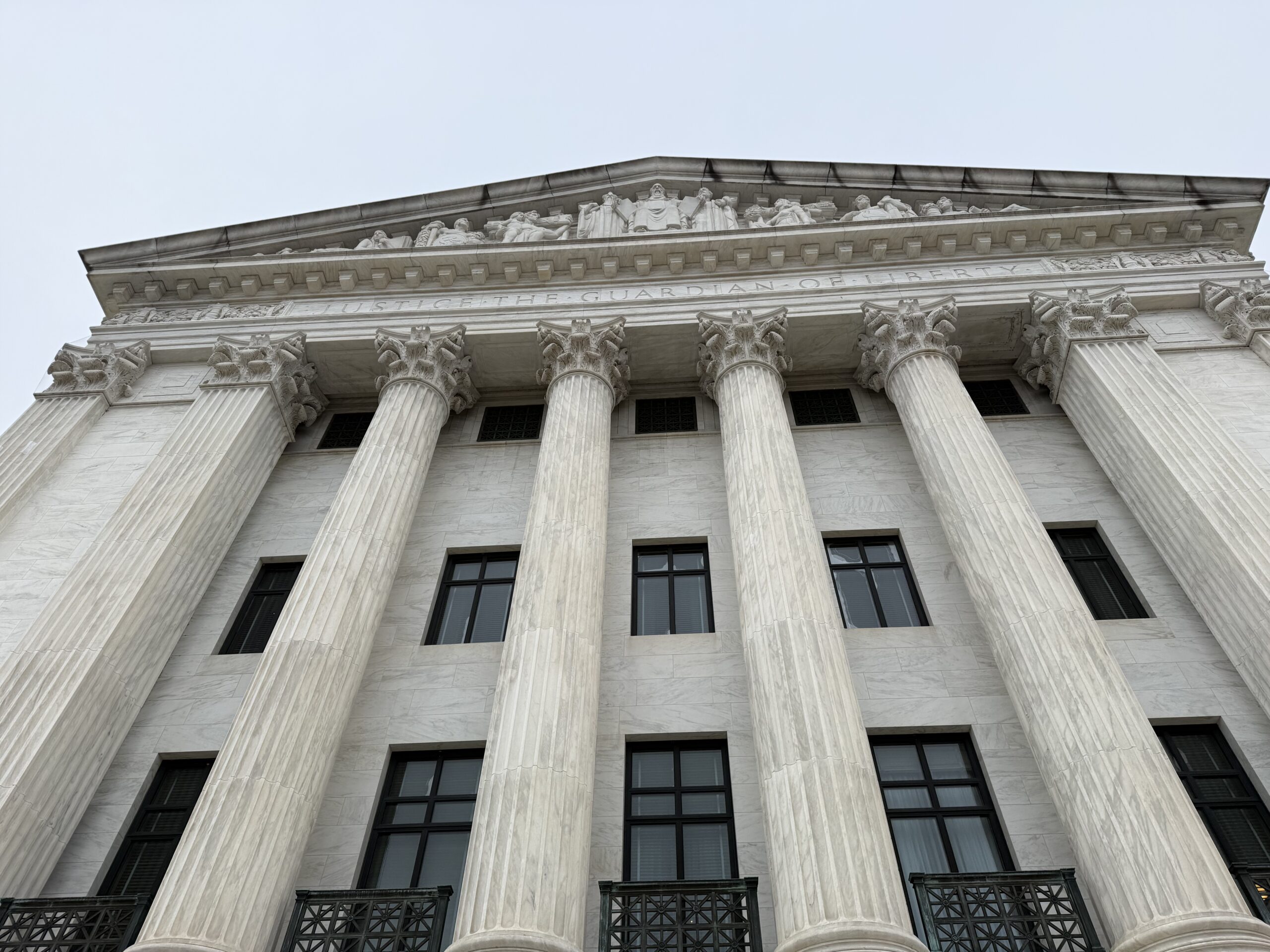Supreme Court strikes down Biden EPA’s ‘good neighbor’ pollution rule – Washington Examiner
The U.S. Supreme Court struck down an Environmental Protection Agency (EPA) rule intended to reduce power plant pollution that contributes to ozone levels, impeding the Biden administration’s efforts to achieve its decarbonization goals. The decision was closely split with a 5-4 vote. The EPA’s “good neighbor” plan aimed to limit emissions from power plants and other industrial sources in 11 states, addressing pollutants that affect air quality across state lines. However, the plan, originally affecting 23 states, faced legal challenges led by Republican states including Ohio, Indiana, and West Virginia. These states claimed the EPA exceeded its authority and imposed costly, ineffective measures. Justices Sonia Sotomayor, Elena Kagan, Amy Coney Barrett, and Ketanji Jackson dissented against the majority decision.
The Supreme Court on Thursday struck down an Environmental Protection Agency rule cracking down on power plant pollution, in yet another blow to the Biden administration as it looks to deliver on its decarbonization goals.
Justices voted 5-4 to block the EPA’s so-called “good neighbor” plan, which sought to strictly limit ozone pollution from power plants and other industrial sources in 11 U.S. states, including air pollutants that the agency said can drift downwind into other states and cause additional harm.
Justices Sonia Sotomayor, Elena Kagan, Amy Coney Barrett, and Ketanji Jackson dissented.
The EPA’s plan, which originally applied to 23 states and was intended to provide a national solution to ozone pollution, was met instead with litigation from Republican-led lawsuits.
In September 2023, Ohio, Indiana, and West Virginia filed an emergency request to the Supreme Court, arguing that the EPA had overstepped its authority in imposing the plan and that it imposed costly and ineffective burdens on their states.
Plaintiffs further argued that the EPA rule should not be enforceable because it relied on the assumption that all 23 states the agency put on notice in the rule would participate in the “good neighbor” plan.
Because lower court action is pending in 12 states, it is on pause there — prompting complaints by the remaining 11 states that they are unfairly tasked with bearing the brunt of the burden.
The ruling comes as the Supreme Court’s 6-3 conservative majority has taken a more skeptical view of the discretion that administrative agencies should have on the rulemaking process, including regulations related to matters on climate and the environment.
In 2022, the Supreme Court issued a sweeping decision that limited the EPA’s ability to regulate carbon emissions from power plants. Last year, the court weakened the Clean Water Act by limiting the agency’s ability to regulate wetlands.
CLICK HERE TO READ MORE FROM THE WASHINGTON EXAMINER
The Supreme Court is poised to soon determine whether to overturn Chevron deference, a decades-old court doctrine giving administrative agencies broad discretion to write rules, which could expose the Biden administration‘s climate and clean energy regulations to further legal challenges.
At issue is the legal test established by the Supreme Court in its 1984 Chevron U.S.A. v. National Resources Defense Council ruling, which granted administrative agencies authority to interpret and issue rules pertaining to laws passed by Congress, so long as the statutes could be considered ambiguous and the rulemakings considered to be a “reasonable interpretation” of the law.
" Conservative News Daily does not always share or support the views and opinions expressed here; they are just those of the writer."




